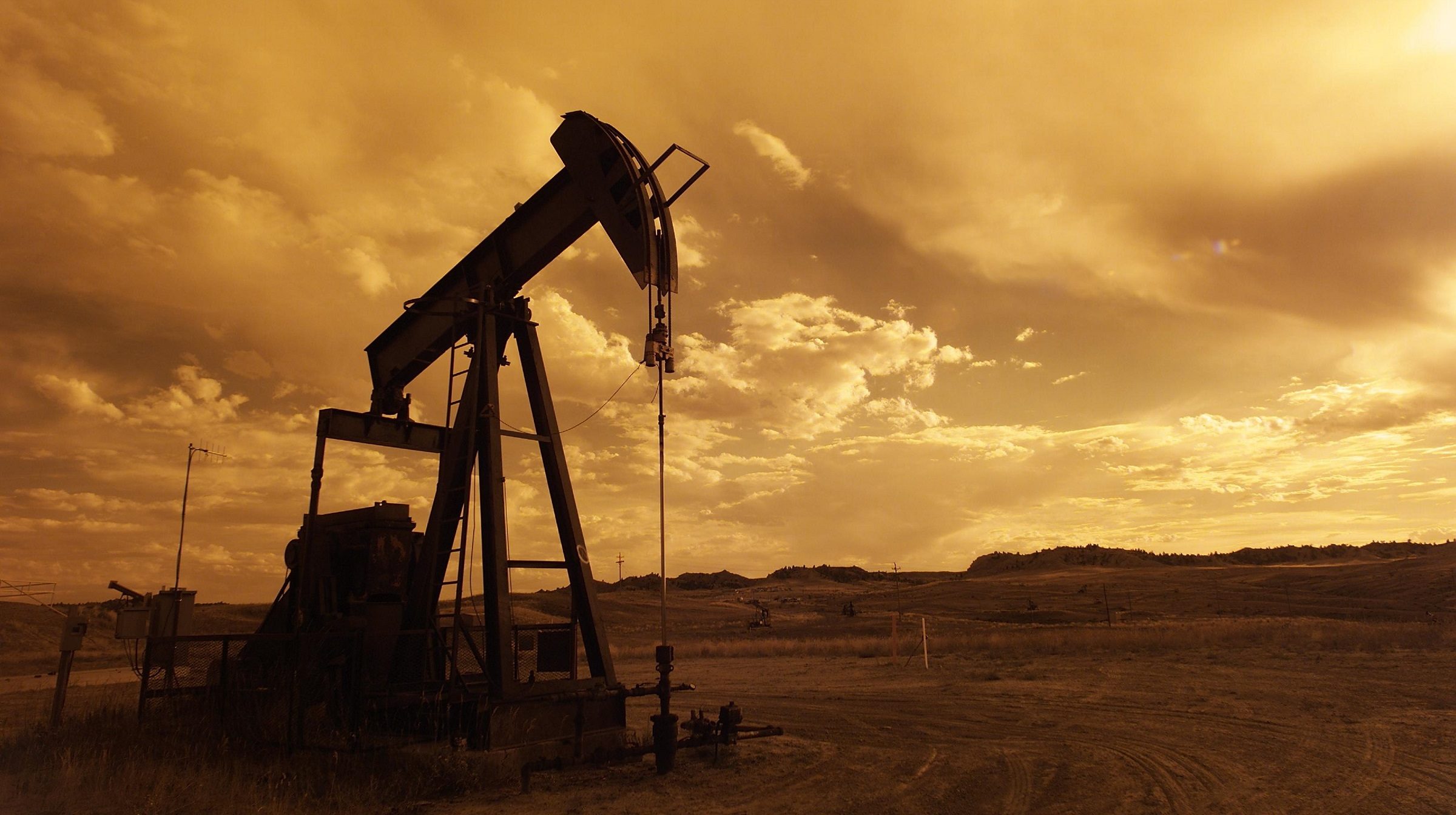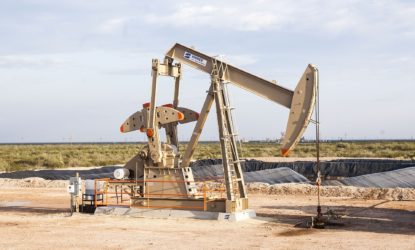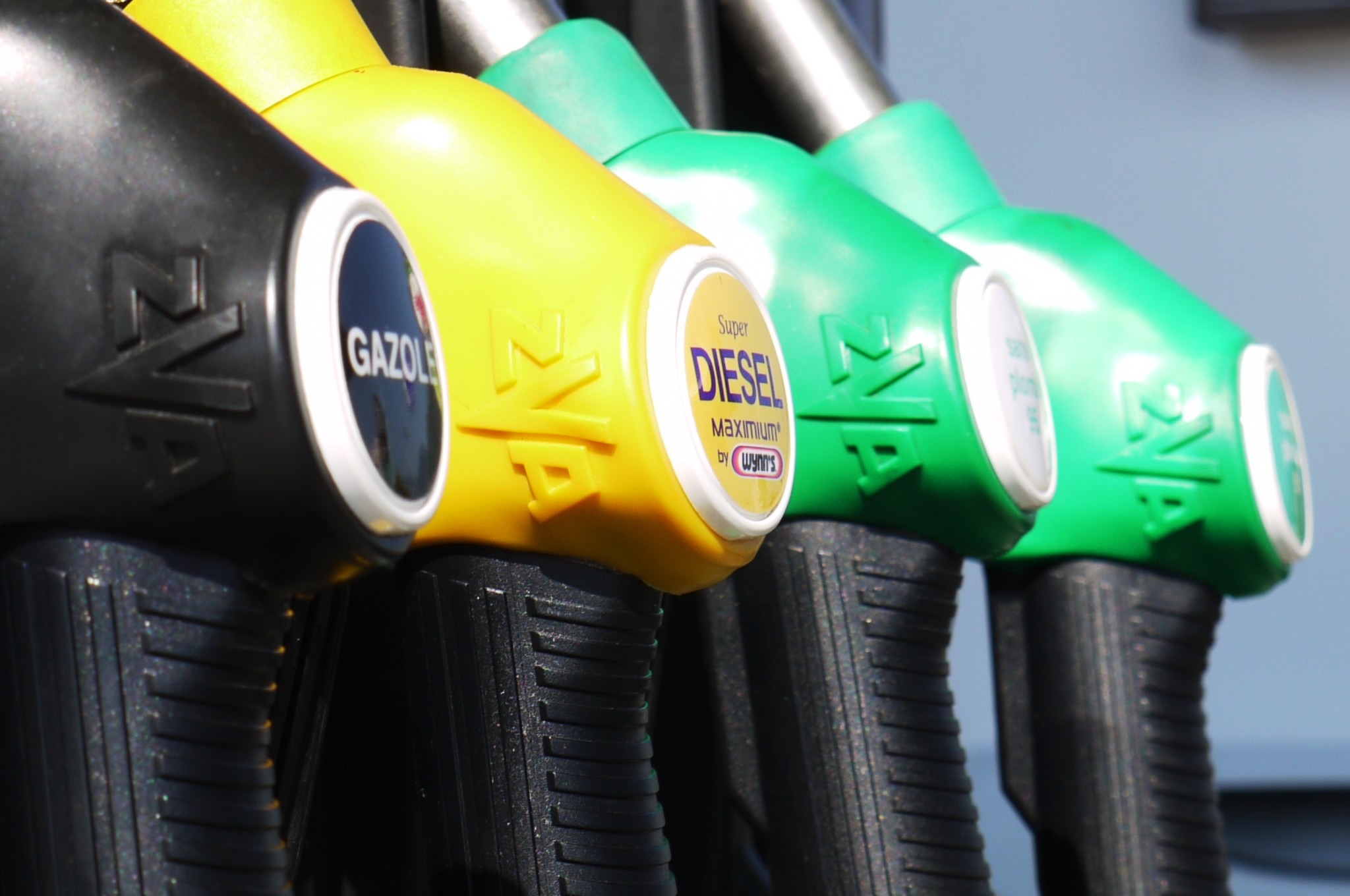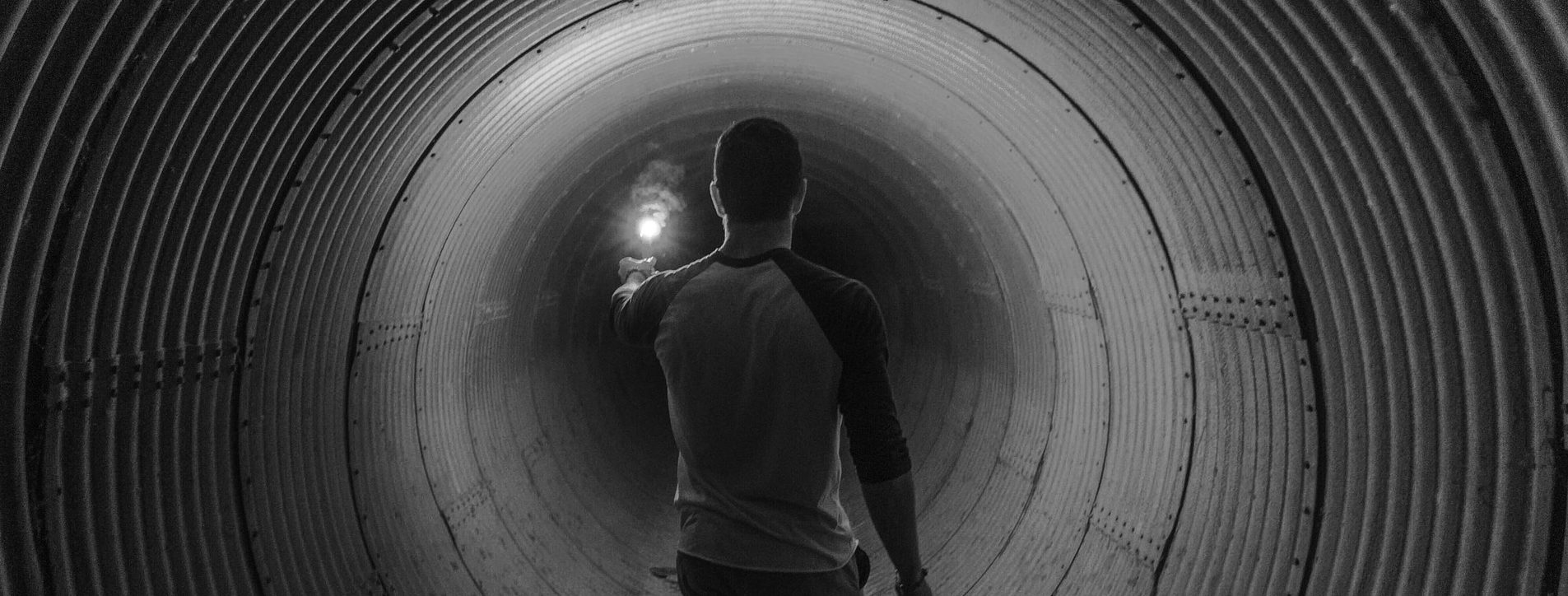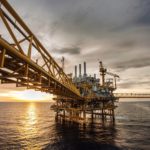In a petroleum deposit, more than two-thirds of the crude oil remains unhealthy after the primary exploitation of the deposit. Additional extraction can only be achieved by the use of advanced technologies, such as nitrogen or carbon dioxide flooding.
Research in this direction is on the agenda of the US Department of Energy.
The recovery of crude oil is done in three stages, and nitrogen flooding takes advantage of the third phase. In the first stage, the natural pressure from the deposit pushes the oil into the well and is brought to the surface by specific lifting technologies.
As a rule, 10% of the capacity of the deposit is exploited in this way. The lower pressure of the remaining oil makes the extraction more difficult. Techniques such as fracturing, stimulation and lifting using other gases are also used to facilitate extraction.
In the second exploitation phase, the injection of water or gas is used to displace the oil, which represents another 20-40% recovery from the deposit.
The third stage involves a whole gas injection: nitrogen (immiscible gas) or carbon dioxide (miscible gas) are injected into the field, and the technique is called flood with gas.
In miscible flooding, carbon dioxide is mixed with crude oil to reduce its viscosity and improve flow. In the imiscible, nitrogen does not interfere with oil, but it helps to create extra energy to move the oil into the probe.
Nitrogen flooding is usually used in the areas where productive exploitation has ended. Compared to the other gases (carbon dioxide or natural gas), nitrogen has the advantage of being an inert, non-corrosive gas and does not mix with oxygen.
Nitrogen can be used in bottles or in liquid form, but these solutions have some major drawbacks:
- The ability to remain nitrogen-free in the process, being sources that do not ensure continuity. In the case of applications requiring significant nitrogen consumption, the time required for supply means wasted oil and financial loss;
- Limitations imposed by the form of acquisition (annual contracts), scheduled deliveries and additional costs associated with delivery.
Alternatively, the local nitrogen supply solution, by separating compressed air, has important benefits.
Applications can be built for low or high pressure, with the ability to use the local compressed air network or to integrate compressors into the nitrogen generator.
